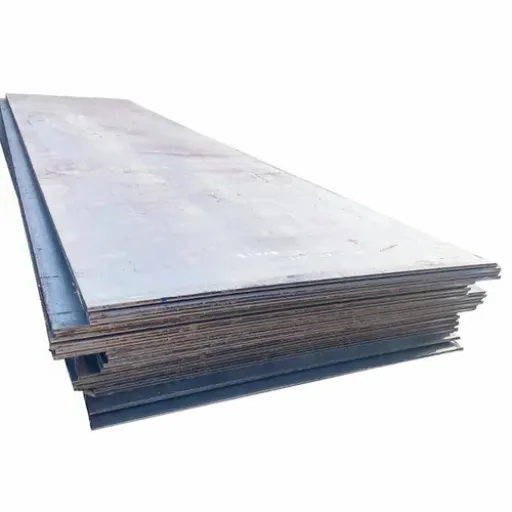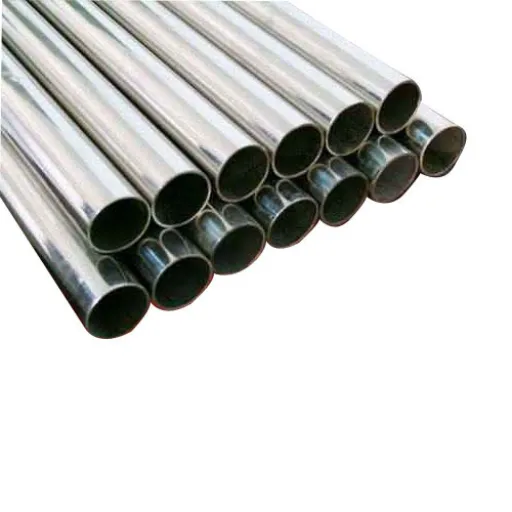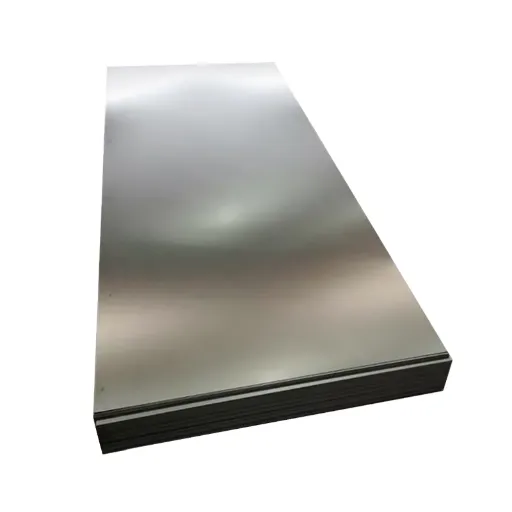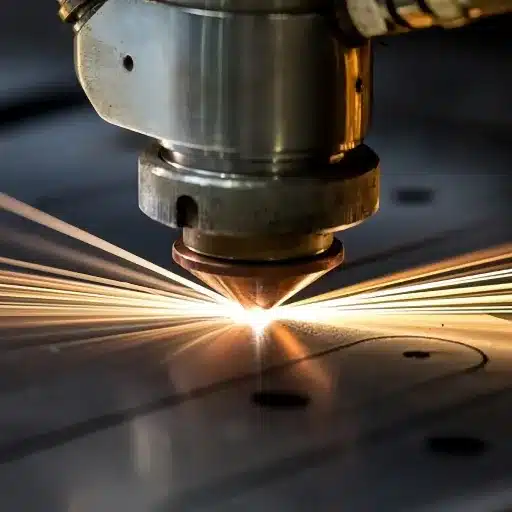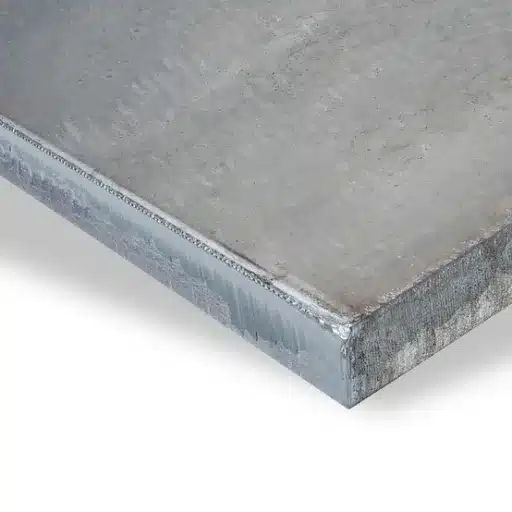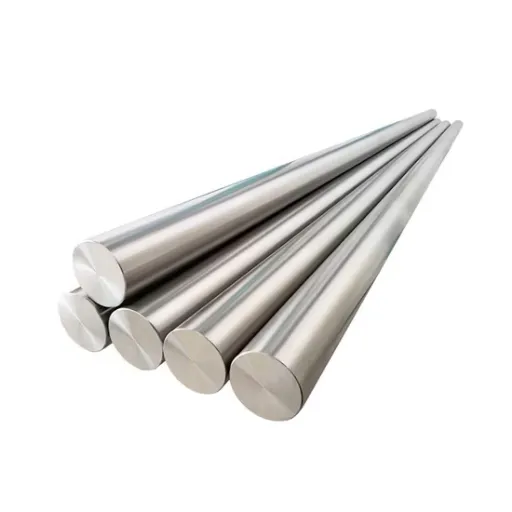Wear-resistant steel is one of the key materials in industries where demand for durability and reliability is high. Mining, construction, and manufacturing heavy machinery are only a few of the fields where this specialized material is indispensable in prolonging the life of the equipment and lessening the downtime caused by wear and tear. However, the question is what exactly wear-resistant steel is and how does it compare to other options such as mild steel? The blog post aims to delve into the properties which make wear-resistant steel so effective, reveal its wide-ranging applications, and do a comparison of it with more conventional steel types.
Introduction to Wear Resistant Steel
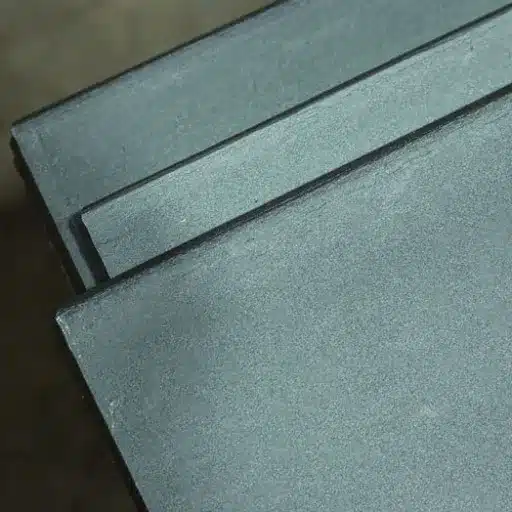
Definition and Importance of Wear Resistant Steel
Wear resistant steel is a special category of steel, exceptionally crafted to endure the harshest conditions of wear and abrasion while still retaining the integrity of its structure. Its long life comes from a mix of its chemical composition which consists of a high carbon content and the addition of elements like chromium, manganese, or nickel, together with advanced heat treatment processes that not only harden but also toughen the steel. Typical types like AR400 or Hardox 450 are publicarily famous for being more wear-resistant than the customary structural steels.
The need for wear-resistant steel is clearly shown across the different sectors. To illustrate, mining, construction and agriculture, all have a similar concern. They each deal with the daily abrasive materials at their respective sites such as excavator buckets, truck bodies, and plowshares. The use of wear-resistant steel in these situations not only doubles the lifespan of the equipment but also reduces the frequency of repairs and lowers the metoninces of the repair bill. It has been reported that durable steel limits the milled steel’s wear life to thirty percent.
Industries Benefiting from Wear-Resistant Steel
1. Mining and Quarrying
The mining and quarrying industries cannot do without wear-resistant steel as it is the material that must be supplied to the excavators, loaders, crushers, and conveyor systems. The excellent hardness and toughness of the material make it suitable to fight the abrasive and impact wear that come with handling ores and stone. Reports from the industry suggest that the use of wear-resistant steel in the mining sector can lead to a decrease in maintenance downtime by as much as 40% and a tripling or quintupling of equipment lifespan compared to traditional steel.
2. Construction
Construction machines like bulldozers, dump trucks, and concrete mixers, which usually work in harsh environments, need high durability and wear-resistant steel is a solution to their problems. HARDOX steel plates, for example, are widely used in construction machines thus, providing a cost-efficient solution reducing equipment failures and increasing productivity.
3. Agriculture
Agricultural machines like plows, harvesting equipment, and combine harvesters are the main beneficiaries of wear-resistant steel. The constant exposures to soil, rocks, and organic matter can quickly lead to wear and tear of the machinery parts. Research indicates that increasing the use of wear-resistant steel in farming machines can result in a reduction of material degeneration by 30% which eventually leads to increased efficiency and reduced repair costs.
Types of Wear Resistant Steel
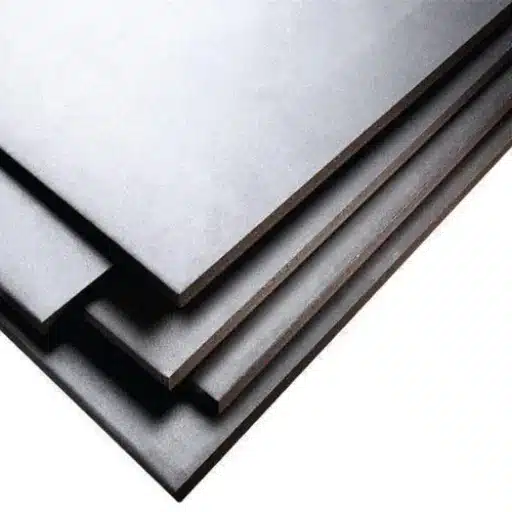
Alloy Steel vs. Carbon Alloy Steel
Alloy Steel
Alloy steel is made by mixing carbon steel with different alloying elements, in particular, chromium, silicon, manganese, nickel, and molybdenum, and also in controlled proportions. The alloying elements improve the toughness, hardness, and wear resistance of the material. Due to its mechanical properties that have improved, the alloy steel has found applications in the harshest of environments, among which are construction equipment, power plants, and automotive parts.
Carbon Alloy Steel
On the contrary, carbon alloy steel consists of higher carbon content as well as alloying elements aimed at improving its strength and toughness. Its biggest benefit is in the form of hardness superiority, making it the right choice for applications where impact and abrasion resistance are needed such as the mining, drilling, and agriculture sectors. The use of wear plates made from carbon alloy steel is, indeed, gaining momentum due to their economic efficiency and high-performance capacities.
Comparing Stainless Steel and Abrasion Resistant Steel
| Steel Type | Key Features | Primary Applications |
|---|---|---|
| Stainless Steel | Known for its corrosion resistance, which is accomplished by adding chromium (at least 10.5%) to its composition. It is therefore suitable for environments where there is exposure to moisture, chemicals, and high temperatures. | Food processing, pharma, and civil engineering industries are the primary consumers of stainless steel due to its cleanliness, strength, and good appearance. |
| Abrasion Resistant (AR) Steel | Engineered to resist wearing by friction, impact, and the presence of abrasive material. The steel has a high carbon and manganese content which together give it hardness and strength. | AR steel finds its use in the most demanding areas of the industry like heavy mining equipment and construction machinery, as well as in the transportation of abrasive materials. AR grade steels, such as AR400 and AR500, are extremely popular among manufacturers. |
Advancements in Wear Resistant Steel Technology
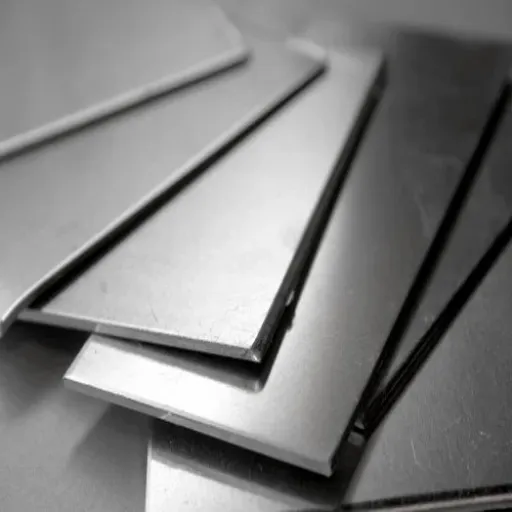
Recent Innovations in Steel Production
The steel industry has been changing rapidly lately with the continuous introduction of new technologies, all aimed at making the steel more environmental friendly, efficient, and with superior properties. The steel that is now Green is one of the most important developments since it is a product that emits very low carbon dioxide during the making process. SSAB is one of the companies to announce that they are producing steel without carbon at all and the emissions will be cut down by 90%. This process of replacing carbon with hydrogen in ore or iron reduction is the main reason for these huge emissions cuts.
One more innovation is the use of AI and machine learning in automated steel production and manufacturing processes. AI is used in the industries to improve their efficiency through better quality control, energy optimization, and predictive maintenance of machines, thus reducing downtime and costs. The recent studies report that in some steel-making plants, the efficiency has gone up to even 20% due to the deployment of AI.
Impact of Technology on Wear Resistance
The modern steel industry has integrated technologies that are very much advanced and this has resulted in bigger and better wear resistant steel products which can be used in high stressing places. Examples of such technologies are nanotechnology and alloy engineering amongst others. For instance, the ultra-hard surfaces that can endure extreme mechanical and thermal stresses can be made through nanostructured coatings which thus increase the wear resistance.
The composition of alloys has changed a lot and now the new ones consist of chromium, vanadium, and molybdenum which resist not only wear but also corrosion. Research shows that duplex stainless steels that consist of mixed ferritic and austenitic microstructures provide about 75% superior wear resistance than normal stainless steels. Such innovations are, therefore, the reasons of the Company’s R&D investment that pay back through the extended life of the steel components together with the reduced maintenance costs and resource consumption.
Comparative Analysis of Leading Wear Resistant Steel Brands
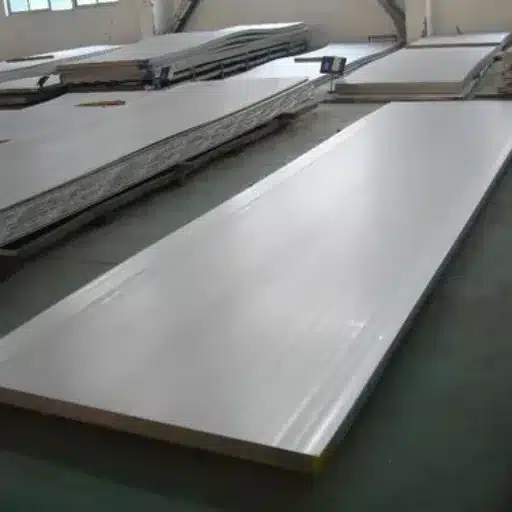
Overview of Top Products and Their Specifications
| Product | Hardness | Thickness Range | Key Features | Applications |
|---|---|---|---|---|
| Hardox® 500 | 500 HBW | 4mm – 50mm | Yield strength of about 1400 MPa, long-lasting nature and service life in toughest conditions | Mining, construction, and heavy machinery |
| AR400 Steel Plate | 360-440 HB | 6mm – 100mm | Good balance between abrasion resistance and low hardness, remarkably strong in impact and wear environments | Agriculture, forestry, and material handling |
| Durostat® 500 | 500 HBW | 3mm – 40mm | Incredible hardness and remarkable wear resistance, made by Voestalpine | Truck beds, crushers, and conveyor belts |
Customer Reviews and Performance Insights
Industry-wise, wear-resistant steel experienced a boom in demand mostly attributed to its remarkable durability and cost efficiency. Customers consistently mention the product’s capability of enduring the most extreme abrasion and impact, and thus they call it a “game-changer” for heavy-duty applications. Additionally, mining, construction, and manufacturing industries reported remarkable extension of their equipment’s life and efficiency up to a point where they had to replace their critical components with wear-resistant steel.
In recent years, customers have been giving feedback that their downtime has been reduced and the costs of maintenance have gone lower. A large-scale mining company was one such instance that a switch to the conveyor buckets made of wear-resistant steel resulted in a 40% increase in the operational uptime when compared to standard steel. This also meant that the company would save around $100,000 annually in repairs and replacements.
Choosing the Right Wear Resistant Steel for Your Needs
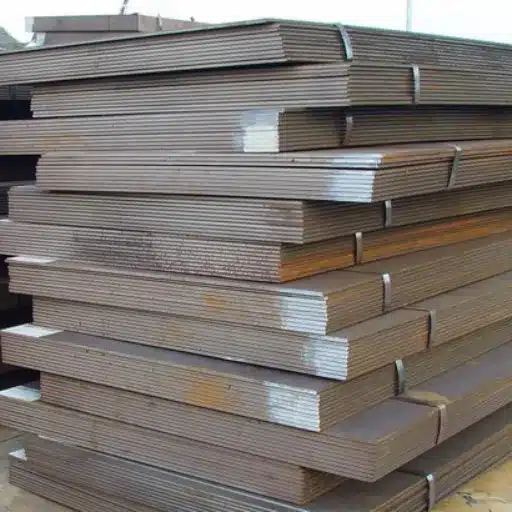
Factors to Consider in Selection
Hardness and Abrasion Resistance
One of the primary aspects of the steel which is usually measured by the Brinell Hardness Number (BHN) is the hardness that directly affects the ability of the steel to resist abrasive wear. In extreme conditions, steel with a hardness range of 400-500 HBW is often preferred, among which the widely used grades AR400 and AR500 are significant.
Impact Resistance
In applications that involve heavy impacts, it is important to choose a grade that has a good combination of hardness and toughness. Less hard grades like AR200 or AR300 may be more suitable because they can take the impact repeatedly without any cracks being formed, thus getting their usage in mining and quarrying industries.
Thickness Availability and Fabrication Ease
Every application has its own specific thickness needs. Wear-resistant steels which are modern today are available in a wide range of thicknesses starting from 3 mm to over 100 mm. Additionally, new technologies used in production have also enhanced the flexibility and the quality of welding making it possible to customize easily without compromising durability.
Practical Tips for Different Applications
Construction Industry
In case of structural application like beams, columns or frames, it is better to use high-strength, low-alloy steels (HSLA) because of their good mechanical properties, and resistance to environment-related factors. As per the latest market research statistics, the use of HSLA steel in construction projects has been growing at the rate of 15% over the past five years mainly because of its cost-effectiveness and eco-friendly production and recycling coupled with the fact that it meets the sustainability requirements.
Automotive Manufacturing
The trend of lighter yet stronger materials is a factor that is boosting the use of advanced high-strength steels (AHSS). The adoption of AHSS can drive the weight of the vehicle down by 25%, which translates to improved fuel economy and de facto safety standard preservation. The 2023 Global Steel Report has indicated that 60% of the steel utilized in the new car models is AHSS, thus reflecting its growing acceptance.
Energy Sector
The resistance to corrosion is a key factor for applications such as pipelines and wind turbines. The use of weathering steel or duplex stainless steel can not only prolong the life of the installations but also cut down the maintenance cost. The IEA has reported that the use of durable steel in renewable energy systems is the preferred choice since it helps to cut down lifecycle costs by 20%.
Reference Sources
-
SendCutSend Blog
- Title: “Your Guide to Abrasion-Resistant Steel”
- URL: sendcutsend.com
- Why Reliable: This blog provides an in-depth guide to abrasion-resistant steel, including AR400 and AR500, and discusses their properties, applications, and benefits.
-
ShootingTargets7 Guide
- Title: “Best Steel Targets for Shooting – Quick Guide”
- URL: shootingtargets7.com
- Why Reliable: This guide focuses on AR500 steel targets, highlighting their durability and resistance to impact, making it a trusted source for shooting enthusiasts.
-
Pew Pew Tactical
- Title: “5 Best AR500 Steel Shooting Targets”
- URL: pewpewtactical.com
- Why Reliable: This article explains the features of AR500 steel targets, their applications, and how to choose the best one, catering to a niche audience.
Frequently Asked Questions (FAQs)
What is wear-resistant steel?
Wear-resistant steel is a specific variety of steel that can tolerate wear and has a very long life-heavily used in industries like mining, construction, and heavy machinery. The unbeatable friction and impact in these environments or situations drive the supply of such steel, which its manufacturers have planned and predicted to be tough and durable.
What are the applications of wear-resistant steel?
The steel that can resist wear is being used in many industries where high abrasion resistance and durability are needed. The steel finds its main applications in making of mining equipment, construction machinery, and car parts. Its power to endure utter wear and tear makes it fit for high-impact locations.
How do I improve wear resistance in steel?
There are various methods of improving wear resistance in steel, one being hardening processes like quenching and tempering, through which the hardness of the steel is increased. Moreover, the use of specific alloying elements, such as manganese, is another way to boost the wear resistance and toughness of the steel thereby making it more suitable for high abrasion resistance applications.

